
Jiayuguan has a small airport close to Dunhuang, which is convenient for those planning to visit the Mogao Grottoes.
The train system runs west to east, connecting cities and tourism sites such as Dunhuang, Jiayuguan, Zhangye, Wuwei, Lanzhou and Tianshui.
Lanzhou is also a good place to begin a trip to neighboring regions, such as Qinghai Province and the Ningxia Hui Autonomous Region.
Jiayuguan
In northwestern Gansu, Jiayuguan is near a famous pass on the Silk Road and is known as China's No. 1 Pass. It's at the extreme western end of the Great Wall.
The most famous site is the Jiayuguan Pass, with the Great Wall on both sides surrounded by the Gobi Desert. Many structures near the pass are being renovated. The walls, with snow-capped Mt Qilian to the south, are spectacular at sunset. The Great Wall Museum on the site is informative, explaining the buildings of the pass constructed during the Ming Dynasty (1368-1644).
Another highlights of the journey is the Mural Painting Tomb of the Wei (AD 220-265) and Jin (AD 265-420) dynasties in Xincheng suburb of Jiayuguan. In the No. 6 tomb, the only one open to the public, around 600 murals adorning the brick walls depict daily life, farming, hunting and socializing.
The most famous brick bears the image of an ancient postman, discovered in No. 5 tomb and is displayed in the Gansu Museum. It is the symbol of China Post.
Flashlights and additional jackets are recommended in the dark and cold tomb rooms. Gatekeepers tell interesting stories about break-ins, theft and several lost painted bricks.
The city culture is a combination of Great Wall and Silk Road and features many relics relating to the two wonders. They include the Overhanging Great Wall and the First Fire Tower of the Great Wall.
Wuwei
Wuwei retains an ancient gate in its downtown area, bearing the name Liangzhou, which dates back more than 1,000 years.
In the downtown area, the Confucian Temple, Leitai and Haizang Temple are worth visiting.
The famous Galloping Horse Treading a Flying Swallow and Honored Guard of Horsemen and Chariots, now displayed in Lanzhou's Gansu Museum, were originally unearthed from a tomb in Leitai. It dates back to the Eastern Han Dynasty (AD 25-220). Today Letai is a public park with a tiny but elegant museum displaying other relics from the tomb.
The Confucian Temple, also known as Wuwei Museum, features traditional Chinese architecture, notably in the Wenchang Building and Lingxing Gate. The tiled roof is intricately decorated with little statues of animals, birds and dragons from legends. The museum also includes stone towers and displays sculptures dating back to the Northern Liang Dynasty (397 or 401-439 AD). During my visit in April, the buildings and flowers were covered with snow to form a dramatic landscape.
The most exciting part of a trip to Wuwei is the Tiantishan Grottoes, an hour's drive from downtown. Tiantishan Grottoes, literally meaning Sky Ladder Mountain, is also called the Big Buddha Temple. The big Buddha sculpture is the only remaining relic in Tiantishan, which was damaged by earthquakes and floods throughout history.
Because of the construction of a new dam, starting in 1959, part of the sculptures and murals is relocated to the Gansu Museum and Dunhuang Museum. The Buddha was too large to move and now stands beside the dam. It is believed to have influenced the carvings in Yungang and Longmen.
On the way to Tiantishan, photographers can shoot grassland, sheep, forests, rivers, villages and snowy mountains.
On the way visitors can stop by Baita Temple. Bones of revered Tibetan lamas are said to be buried inside the towers or stupas similar to those in Katmandu, Nepal, and other Tibetan regions.


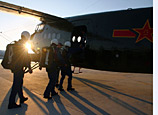
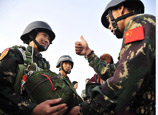
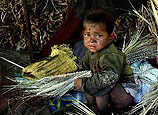

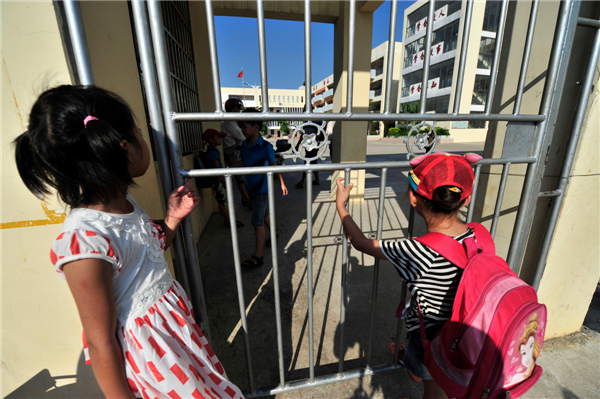
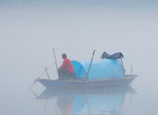



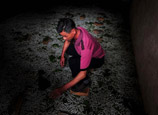






 Deaths prompt concerns over elevator safety
Deaths prompt concerns over elevator safety


![]()
